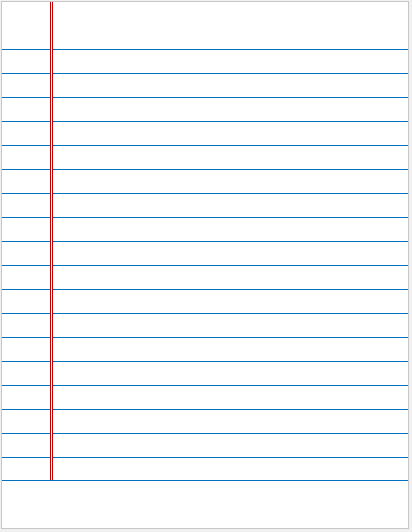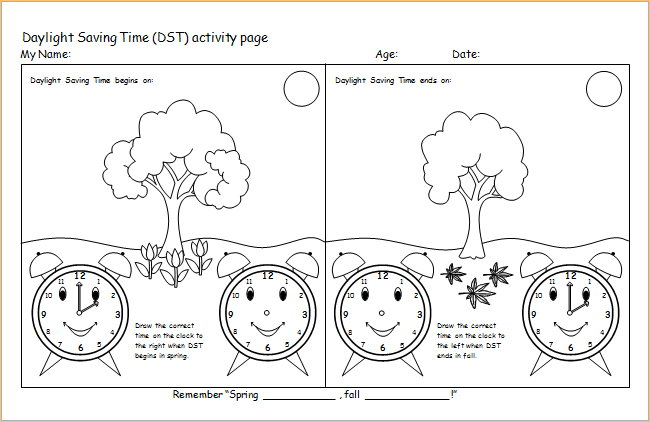What is a program catalog?
A catalog is a comprehensive description of a program run by an educational institute. Colleges and universities launch many educational programs for students. Those who want to be enrolled in those disciplines usually want to know about them in detail. Considering the needs of the students, a catalog is prepared, which is known as a program catalog.
What does a program catalog do?
The main objective of creating a document with a detailed description of an academic program is to promote that program and let potential students know about it. The majority of institutes showcase this catalog on the prospectus of the institution, which gives a brief introduction to the institute and its program.
It is important to note that the catalog is not just for the students who want to get enrolled in the particular discipline it is targeting. This brochure becomes a very important document or resource for teachers because it lets them know the ins and outs of the program.
The catalog also makes sure that faculty members as well as students learn about the policies and grading system of the program after reading it. If it can convey these details to interested people, it means it has served its purpose.
How do I create a course description document?
If you have been assigned the task of creating a document that gives details regarding each and every aspect of an academic program, you will have to include everything by thinking from the perspective of the student as well as the teacher. Here is what you can add to make it a useful document:
Description of the program:
Mention the name of the course, a unique code assigned to that course, the total number of credit hours a student will be able to spend learning this program, some major prerequisites of the program, and much more.
Policies of academia:
Here, you will have to mention the grading system the subject will follow and the policies of the institute that are important to convey to students of the university.
Content of the course:
In this section, you will subdivide the course into small sections and name each section by the area of the discipline that will be targeted. After reading this part, students will be able to know what they will have to study if they opt for this course and whether it is worth their time and energy.
Admission information:
The catalog should also let the students know about the admission and its specifics, such as the last date to apply for the program, students with a minimum CGPA who are eligible to apply, the standardized tests students will have to take to be enrolled in it, the process of applying, and much more.
Faculty information:
Some students also want to know how qualified the faculty of the institute is. So, mention the names of the people who will teach the course content and also describe their qualifications, areas of expertise, background of education, and some other specifics that make it easy for students to know about the faculty members.
Details regarding financing:
In this part, students are told how much is the tuition fee and whether there is any scholarship or funding they can expect to have during their studies. This is important information as many students are based on it.
Contact information:
It is quite possible for a student to not find the required information in the catalog. In this case, they will have to contact the representatives of the institute who have full knowledge about the program. Mention the email address and phone number of those representatives.
Whenever an institute opens admissions, the catalog of a program is published. Students who want to study a particular program usually look forward to the publication of the catalog, as it provides them with plenty of information and helps them see a clear picture of the situation. It also helps them make a decision about which course they should take.
This catalog also makes sure that students who want to get enrolled are aware of the policies of the institute and the program they want to study.
- Trailer Bill of Sale Template
- Bank Receipt Template for MS Word
- Summer Holiday Activity Calendar
- Program Catalog Template
- Warning Letter for Negligence in Work
- Warning Letter for Performance Issue
- Warning Letter for Unethical Abusive & Disruptive Behavior
- Project Execution Confirmation Letter
- Warning Letter for Inappropriate Behavior
- Job Accomplishment Recognition Letters
- Resignation Letter to Boss because Workplace is Horrible
- Emergency Leave Message for Father is Hospitalized
- Warning Letter for Disclosing Salary
- Request Letter to Chief of Police for License of Gun
- Complaint Letter against Teacher for Inappropriate Behavior

